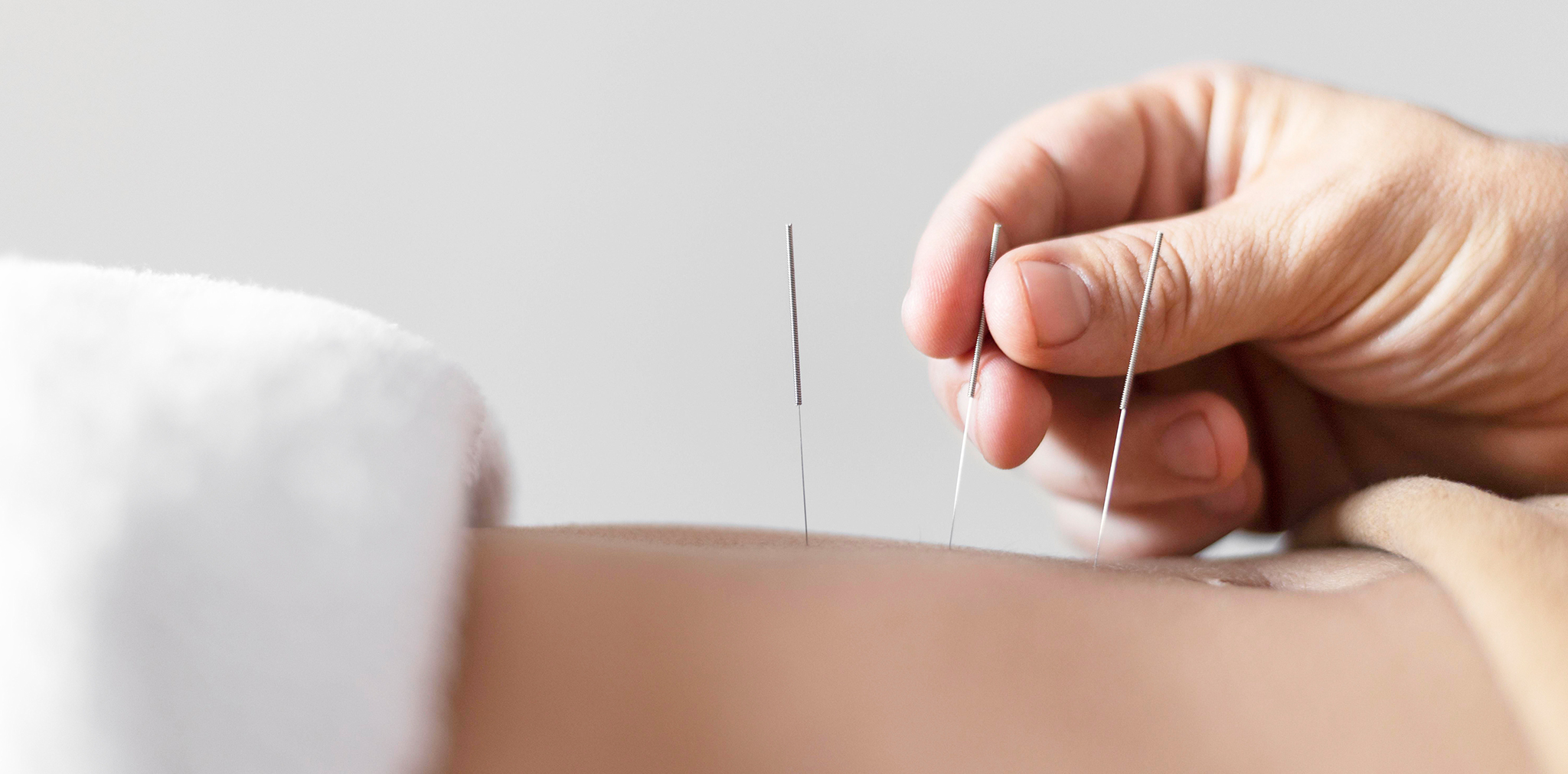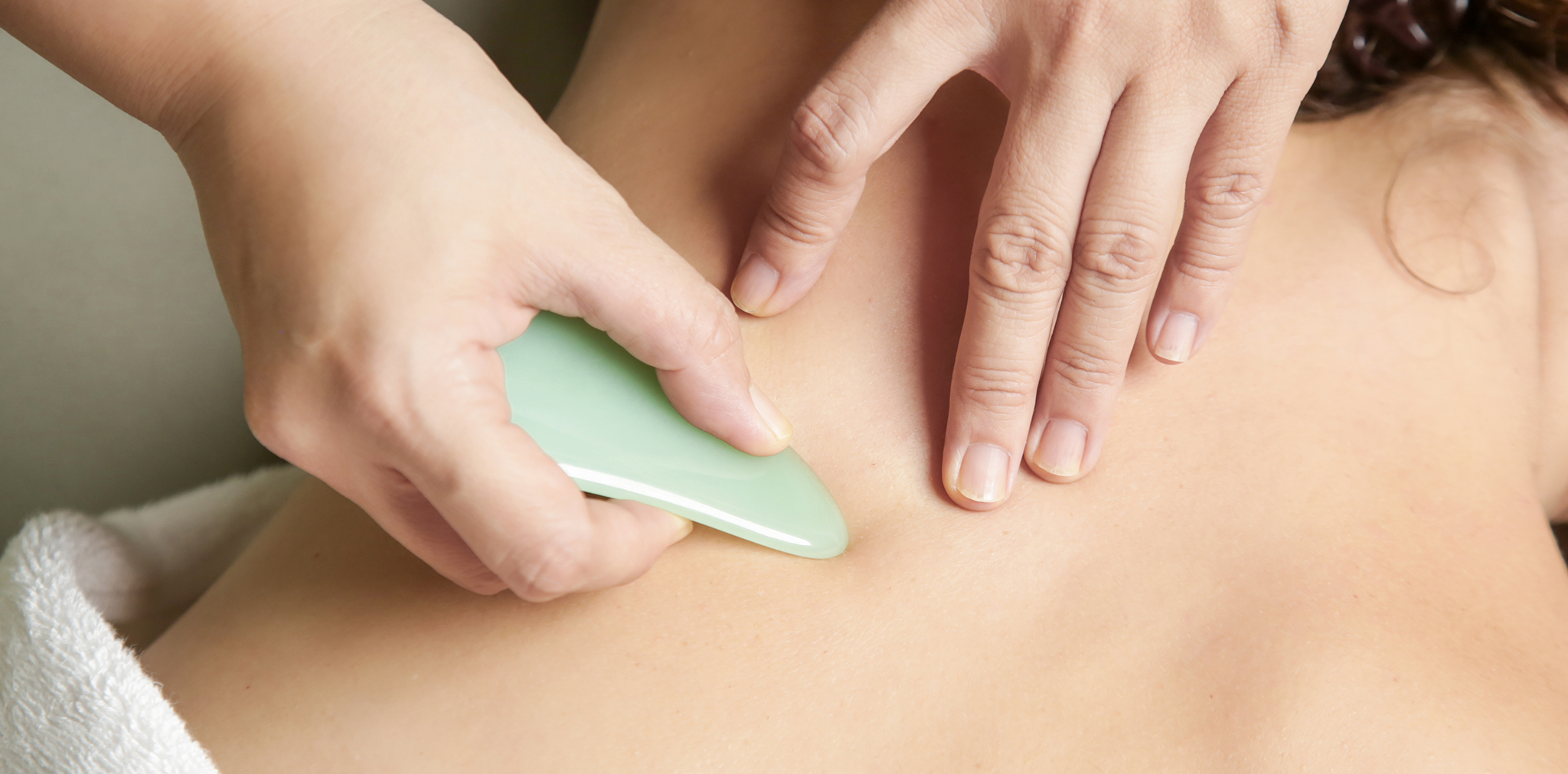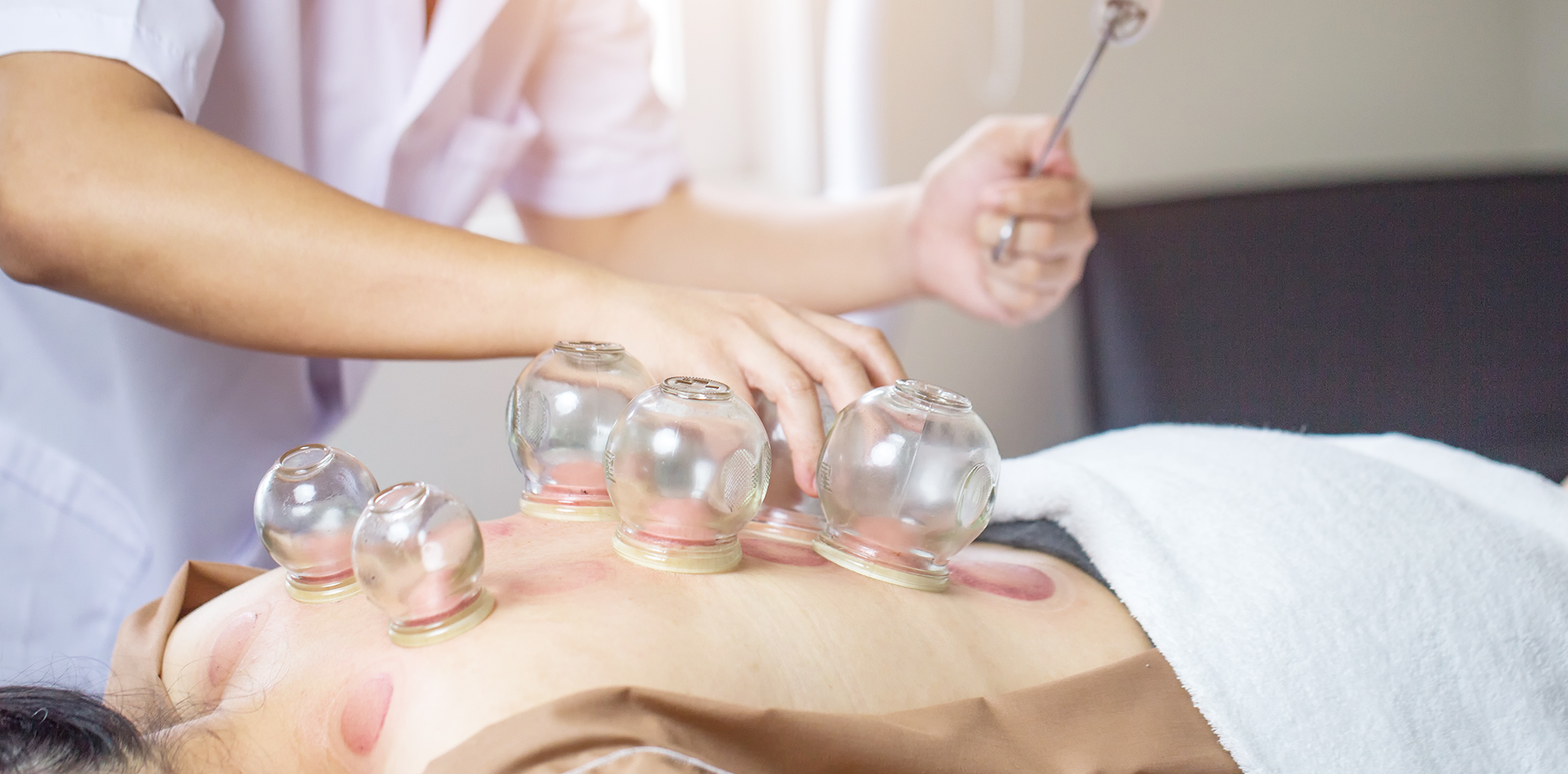Hotline: +6011-1682 2621


Hotline: +6011-1682 2621

Acupuncture is a collective term for needling methods and moxibustion. During an acupuncture treatment, needles are used to stimulate specific acupoints to achieve therapeutic effects.
Acupuncture treatment regulates the body’s Qi (vital energy), strengthens one’s immunity, and unblocks the meridian system. World Health Organisation (WHO) also recognises acupuncture’s therapeutic effects for 63 widely varying conditions, such as pain syndromes, stroke, hypertension and rheumatic diseases.

At Ma Kuang, we provide good acupuncture services in Malaysia. We use sterile, single-use, disposable acupuncture needles during the acupuncture treatment. You may experience slight discomfort upon insertion when the needle pierces through the skin; however, most people find it very tolerable. As the needle reaches acupoint, you may notice achiness, tingling, fullness, and heaviness, which are referred to as “needling sensations”. The duration of the acupuncture treatment varies greatly from person to person. It can last anywhere from a few seconds to a day, and still be considered normal.
Side effects of acupuncture treatment are rare. Occasionally, local petechiae (minor subcutaneous bleeding) and local allergic reaction occur at site of needling. Subcutaneous bleeding can present as small bruise, which generally doesn’t require medical attention. Needle marks, small red dots or blotches usually subside spontaneously as well. Fatigue, achiness and fullness are normal responses to acupuncture treatment and usually only last for a day or two. If symptoms of needle fainting (vasodepressor syncope of reflex fainting during acupuncture therapy) occur during the session, please speak to your acupuncture physician in Malaysia.
Acupuncture treatment should be postponed or rescheduled under circumstances such as postprandial period, severe fatigue and excessive sweating. People with critical illness, severe heart disease, severe hypertension and pregnancy women should be cautious when considering acupuncture. Please consult your physician for advice.

Ma Kuang's Tui Na in Malaysia combines massage, trigger-point, and other manual techniques to stimulate acupoints, meridians, muscles and/or nerves, in order to unblock the flow of Qi (vital energy) in the body.
Tui Na massage can treat shoulder and back pain, neck pain, acute torticollis, frozen shoulder, low back and leg pain, intervertebral disc disease, sciatica, knee pain, heel pain, acute sprain/strain, joint misalignment, post-stroke symptoms, vertigo, migraine.
Tui Na massage unblocks the meridians, facilitates joint lubrication, promotes the flow of Qi, increases blood circulation, normalises visceral functions, and boosts immunity.
Prior to the TCM body massage session, the physician or therapist will obtain a good understanding of the patient’s condition. The patient will be asked to expose affected area as needed during manual treatment. In other instances, the TCM massage therapy can be delivered over clothing. The Tui Na massage session usually takes 20-60 minutes, depending on the individual’s condition. Follow-ups may be needed. Please consult your physician or therapist about treatment frequency of a Tui Na massage in Malaysia.
Please drink a glass of warm water after Tui Na massage, and avoid cold shower for an hour following completion of therapy. During the first few days after the TCM massage treatment, soreness, mild skin redness and swelling are normal. However, if the signs and symptoms persist, or undesirable reactions such as nausea and lightheadedness develop, please consult your physician or therapist immediately.
People with acute abdominal compartment syndrome, bleeding disorders, skin wound, ulceration or burns, severe heart disease, critical illness, and pregnant women, please consult your physician or therapist before receiving our Tui Na massage in Malaysia.

TCM prescriptions are prescribed according to the constitution and illness of each individual. Every prescription is a customized formula, thus, shall not be shared.
All medicinal powder in Ma Kuang are appraised and approved by “Kementerian Kesihatan Malaysia". They are concentrated herbal extracts from Chinese medicinal herbs.
Please follow your physician’s instructions. Avoid direct sunlight. Store in refrigerated or dry and shaded location.
If you have stopped taking the medicine for a period of time and want to resume, please consult your physician first as your condition may have changed.

Gua Sha Massage a treatment in which the skin is scraped to produce light bruising with a smooth edge made of water buffalo horn. It is delivered, in an orderly fashion, on specific parts of the body, resulting in large area of bruising or petechial hemorrhages, to regulate body function and restore homeostasis.
Gua Sha in Malaysia uses lubricants such as olive oil or scrapping cream on body surface, and apply pressured strokes repeatedly until localised red dots or mild purplish patches appear.
Gua Sha massage dilates pores, expelling pathogenic factors. Thus, after treatment, patient often experiences partial or complete relaxation, comfort, chest and abdominal expansion, and disappearance of symptoms.
If you experience lightheadedness, pallor, palpitation, cold sweat, cold hands and feet, nausea, or vomiting during or after your Gua Sha massage treatment, please inform your physician or therapist immediately.
The treatment of our Gua Sha in Malaysia consumes body’s fluids and heat. Drink moderate amount of water, and rest for at least an hour. Avoid cold shower for 2 hours following completion of Gua Sha Massage therapy, to prevent wind from entering the body through dilated pores.
People with tendency of abnormal bleeding, critical illness, fracture, contagious skin diseases, debility, empty stomach, elderly, menstruating and pregnant women, and those who are apprehensive or allergic to Gua Sha, including TCM facial Gua Sha please consult your physician or therapist before receiving our Gua Sha massage in Malaysia.

While placing the cups on acupoints during a TCM Cupping session, the produced vacuum creates a suction effect that dilates pores, mobilise Qi and blood flow, unblocks meridians, and normalises visceral functions; thus, achieve the goal of disease prevention and treatment.
Generally speaking, a cupping therapy can eliminate cold and remove moisture, unblocks meridians, remove stasis, mobilise Qi and blood circulation, reduce swelling, relieve pain, extract toxins, and release heat. It’s used to regulate the Yin-Yang balance of the body, relieve fatigue, and strengthen one’s constitution.
After a TCM cupping session, rest is warranted. Drink moderate amount of warm water or ginger tea. Avoid anxiety and anger. Avoid raw, cold and greasy food. Avoid cold shower for 2 hours following completion of therapy.
Local blisters or petechiae on the site of treatment are normal responses. Allow them to heal naturally. Please don’t be concerned if you notice ecchymosis (bruises) after the cupping session. Refrain yourself from scratching the irritated skin, and it will disappear after a few days.
People with severe heart disease, bleeding disorders, severe swelling, severe skin diseases or localised lesions, extreme debility, emaciation, skin fragility, prolonged high fever, convulsion or posturing, please consult your physician or therapist prior to receiving our cupping therapy in Malaysia.

TDP (acronym for Teding Diancibo Pu) can increased blood circulation, and remove blood stasis. Its thermal effects may help alleviating symptoms, such as muscle tension, stiffness or spasm, inflammation, swelling and pain.
TDP is preheated before use. The physician will then place the lamp 20-30 cm from treating area, maintaining a safety distance. Exposure time varies from person to person.
TDP lamp has a wide range of clinical applications, most commonly, neck pain, back pain, knee problems, gastric pain, abdominal pain, cardiovascular diseases, post-stroke syndrome, etc. TDP is also used in conjunction with other therapies, including acupuncture, cupping, and topical Chinese medicine.
People with bleeding disorders, fever, severe hypertension, severe diabetes, severe allergic constitution, elderly patients, and those who have just received cupping or bandage removal should be cautious about receiving TDP treatment.

During your first consultation at Ma Kuang, in addition to the chief complaint. Our physician will conduct a comprehensive history detailing your physical charateristics, onset of the illness, previous treatment(s) and progress of recovery, etc.
In order to better understand your condition, the physician will also ask about your lifestyle, dietary habits, stresses of daily living, sleep quality, digestive health, medical history, family history, and emotional well-being, etc.
The four methods of diagnosis in TCM consist of observation, auscultation, inquiry and palpation. Observation indicates that the physician examines the physical appearance of a patient through complexion, tongue and more. Auscultation is achieved by listening to the speech, coughs, and breath sounds. Inquiry is a way to gather information about signs and symptoms, as well as medical history. Palpation includes checking the radial pulses and abdominal examination.
The physician will ask specific questions to determine your constitution and health status based on the cause and onset of the illness, progression, signs and symptoms, frequency of occurrence, and complications or lack thereof.
The health record also documents patient’s medical diagnosis and maintain an active medication list.
Based on the above-mentioned consultation, the physician will suggest a suitable treatment plan. Detail documentation of the initial visit allows the physician to quickly assess your condition at follow-up(s). Treatment plan is updated accordingly, depending on the response to previous treatment, level of improvement, and change in illness progression